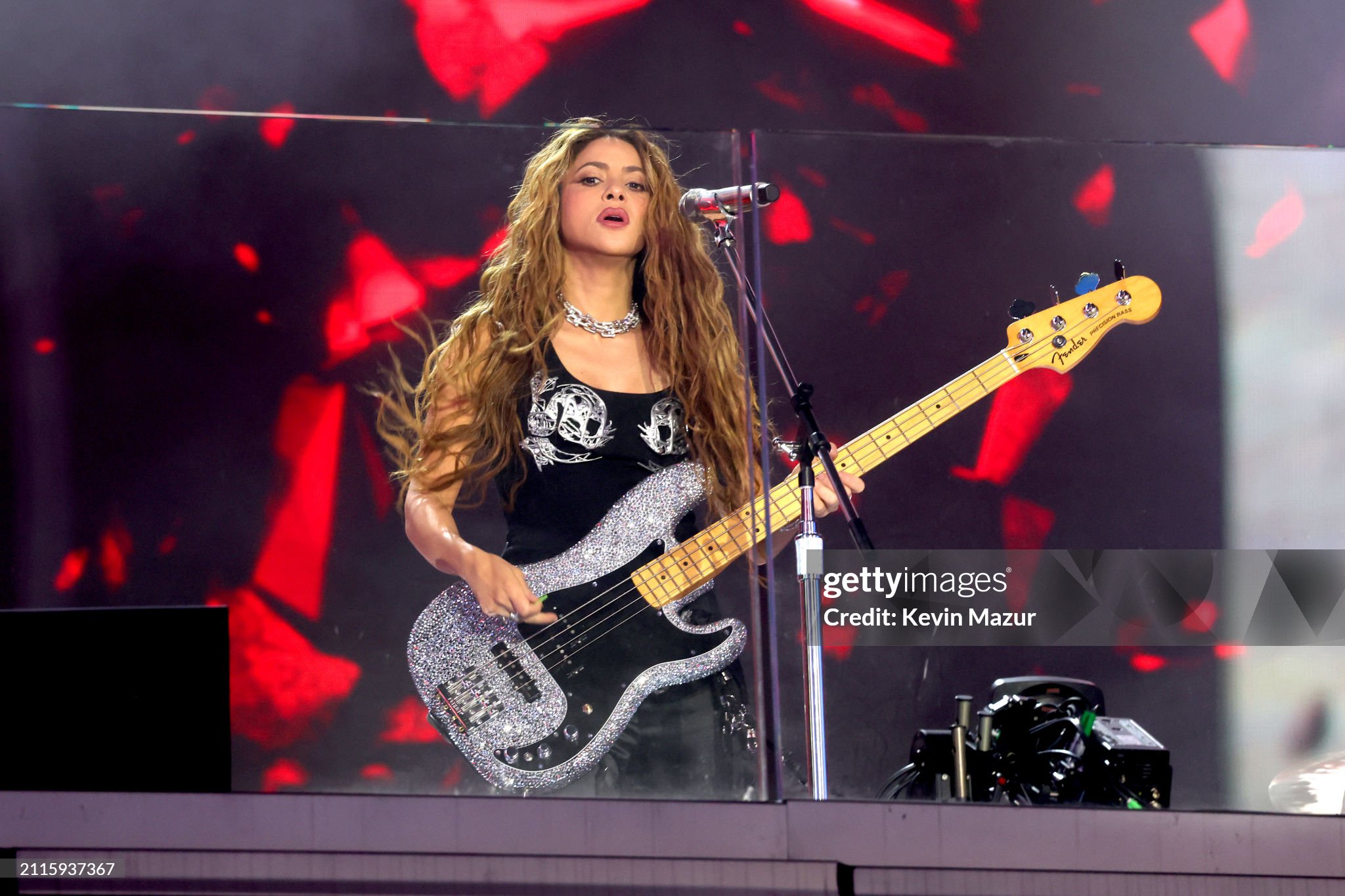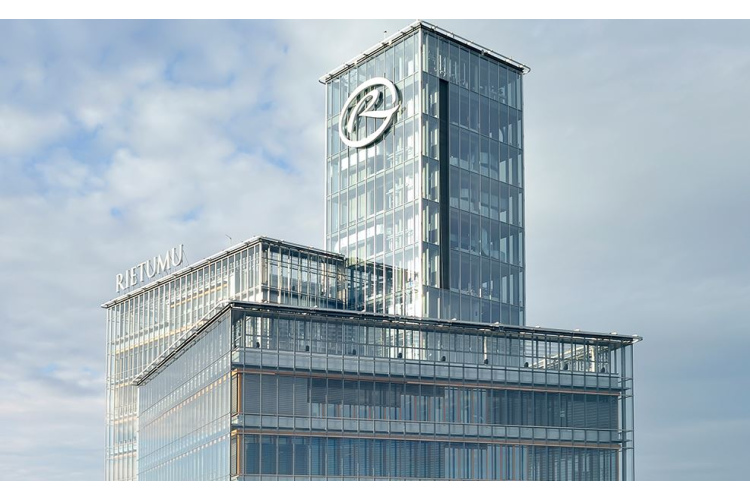“Women no longer cry,” trilled last week the artist recognized for being the most famous and successful American artist of Latin and multicultural descent in the United States of America.
At that time she was heading to New York City to release her most recent album, “Las mujeres ya no Lloran,” which reached the top of preferences like someone slapping the pop music charts in the North, Central and South America.
Without leaving aside Europe, Asia, Oceania and Iceland.
And perhaps even the Malvinas Islands, on the Atlantic coast of Argentina.
And after turning around the southern cone, back to North America, to the Galapagos Islands, off the Pacific coast of Ecuador.
She is the Great Shakira—no matter what the experts on pop music channels and publications say, a true stage artist, plus she is already a talented composer, sharp singer, and ingenious guitarist and pianist.
I dared to answer the trill, confident for a moment, having also been born on the same piece of land on this planet; south of the border of the United States, better known as South America or Latin America.
I dared to write and publish this silly trill, in response to your “Women don’t cry”…:
—“Men, on the other hand, don’t cry either,” Shakira.
These days, life is not easy for anyone anywhere in the world. Tears come easily to the eyes of both men and women, whether white, African American, Asian, or Native American.
That is, from North, Central or South America, with this reality as demanding as it tends to be for all those who struggle to earn a living, that of their home or to raise a new family.
Life in Europe, Asia, Oceania and Iceland, and perhaps in the Falkland Islands and the Galapagos, is perhaps equally difficult to simply put bread on the table.
Particularly for those who get up early to go to work, or to return to work late at night, since you have to have different jobs to support the home.
I was immersed in all these thoughts when the “YouTube” application on my “smartphone” rang with an alert announcing Shakira’s next event:
The sold-out concert in Times Square—as if it were December 31 in the month of March—by an artist that some still call “Colombian,” “Latin,” “Lebanese,” “Spanish,” etc., ETC.
Since his father, Mr. William Mebarak Chadid, was born in New York, his mother, Nidia Ripoll Torrado, in Barranquilla, Colombia, but of Catalan immigrants, of Italian origin.
And Shakira herself was born near the “Southern Himalayas”—south of the Gulf of Mexico—the little-known “Sierra Nevada de Santa Marta.”
Which is not far from the beaches of Guachaca, Magdalena—a province in northern Colombia.
She now lives in Miami, according to the intriguing coverage of American Spanish-language television entertainment reporters, in a luxurious mansion in Miami Bay, built on the private islands, only for the rich and famous of South Florida.
Seriously, who is Shakira then?
Until this Easter Sunday, the number of “likes” and “new followers” for his concert in New York’s Times Square (distributed among his video clips, on all social networks) were calculated in billions per the servers where your music content marketing accounts reside.
P.S.
Oh really. Do you know this Palm Sunday morning who this multifaceted artist named “Shakira Isabel Mebarak Ripoll” is?
I don’t know, a friend from Pennsylvania, United States, told me earlier this week.
“Well,” I replied.
All I know is that this American of Latin descent is currently nominated for the “Ambassador Manuel Torres” National Award, presented each year by our #ALDIALive Flagship Multimedia Program known as “ALDÍArchetypes”.
Manuel Torres, born in Córdoba, Spain, was the first Diplomat from Latin America to enter the White House to present his credentials as an official representation of a newly liberated and declared independent republic Credentials in the new city called Washington DC, in the year 1823.
He was, as nephew of the Viceroy and Archbishop of Santafé de Bogotá Caballero y Góngora, in charge of an “Encomienda (Hacienda)” near Santa Martha, in the Caribbean province of “La Nueva Granada.”
Which in 1823 was already a new Independent Republic called “Great Colombia”, today dispersed in 6 relatively prosperous nations (Colombia, Ecuador, Peru, Bolivia, Venezuela and Panama).
ALDIArchetypes has been improved and augmented for this year of the Lord 2024 to help us remember these egregious pieces of our common but forgotten history.
Please stay tuned to AL DÍA’s multimedia channels for more details during this Spring and Summer of the Year 2024.
The occasion is not minor:
This year, one year after the disappearance of Elizabeth Guaracao, my Life Partner for 36 years, and mother of our two Daughters, Gaby and Anna, it is 30 years since the founding of AL DÍA in the living room of our house in the Latin Quarter of Philadelphia, Pennsylvania.
Please consider staying tuned to AL DÍA’s multimedia channels during this Spring and Summer of the Year 2024, for more details.
2024-04-02 02:43:07
#Shakira #Times #Square


